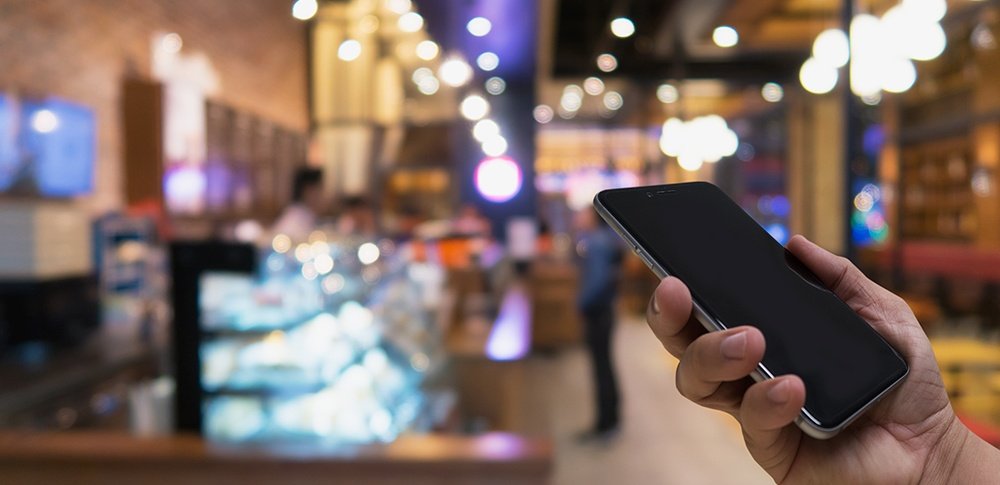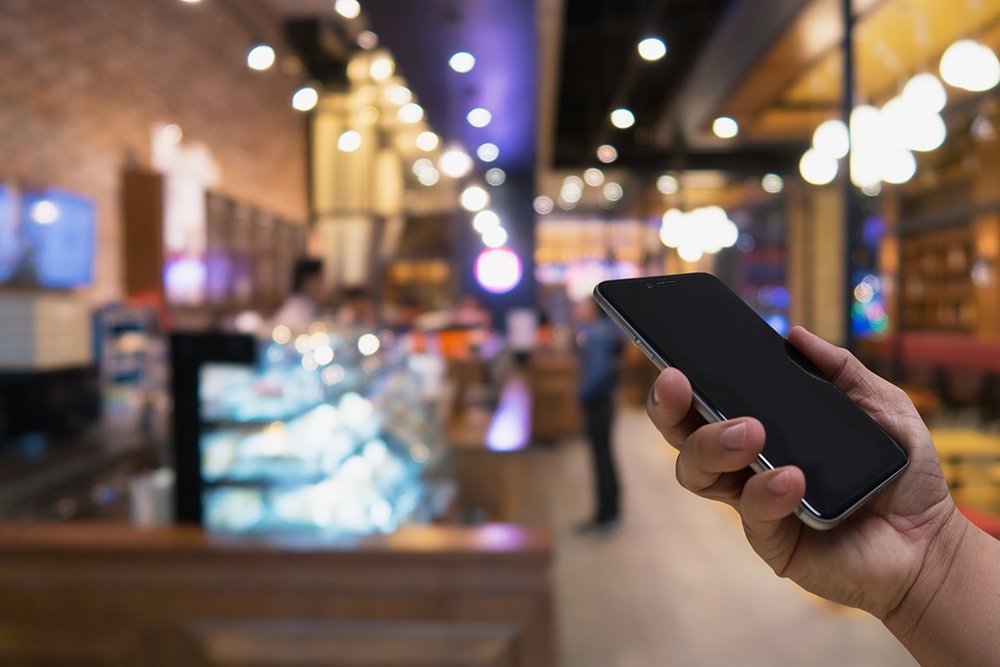
As more businesses offer free WiFi, customers are starting to expect it. WiFi is moving away from a luxury perk to an expectation. Brands that ignore this option today will struggle to keep up tomorrow.
Even more, while some restaurant owners think free WiFi only benefits the customer, it’s actually a service that can boost restaurant revenue when used strategically.
Here are five ways you can use free WiFi to increase sales in a QSR.
Use Foot Traffic Monitoring to Better Serve Customers
Whenever customers enter your store and either log into your free customer WiFi or sync up with it as returning visitors, analytics tools can document their presence. Within a few days, QSR owners can understand exactly when the peak hours of their business are for better staffing.
On its surface, this information saves your restaurant money, as you won’t staff employees during low traffic periods. However, this data can actively increase sales in a QSR when you staff the right number of employees in each restaurant.
Properly staffed restaurants create better customer experiences because people don’t have to wait in line or struggle to keep the attention of your overworked team.
This means your customers are likely to spend more on their current visit and return again in the near future.
Analyze Customer Loyalty and Develop Target Audiences
Along with calculating how many customers are in your restaurant, analytics from free WiFi tools can also map the frequency of your visitors. What percentage of your visitors are regulars who visit your store daily or weekly? What percentage of new customers return? Answering these questions can help your brand filter your customers into target buckets for strategic marketing efforts.
For example, an owner analyzing audiences for their fast-casual restaurant might discover three main target audiences:
- Customers who return weekly or multiple times per week.
- Customers who visit monthly or every other month.
- New customers who have only visited once.
With this information, the owner could use seasonal specials and deals to upsell loyal customers, while offering discounts to the less frequent customers to bring them back in. They might even discover problems with customer retention rates in certain locations.
With WiFi data, the owner can increase sales in a QSR through better audience targeting.
Use Analytics Tools To Monitor Marketing Performance
Speaking of marketing, one of the biggest issues facing digital advertisers in the past few years is understanding which digital ads converted into sales. How is a company supposed to know if an online Facebook or Google Ad seen on a desktop paid off if a customer visits the restaurant a smartphone and pays in cash?
One solution to improved marketing tracking is offering free WiFi services.
When customers log in to their Facebook or Google accounts to access your WiFi, the software can line up that information with past ad history. Similarly, Google can log the IP addresses of users to see if they actually visit the places they search for. This means brands can see exactly what percent of Internet users turn into customers because of an ad, regardless of the device they access the content on.
To increase sales in a QSR, one owner might realize that certain marketing channels aren’t as effective at driving customers as others, inspiring them to reallocate their budget and generating a higher ROI from the change. Better insights lead to better business decisions for your QSR.
Upsell Existing Customers Through Targeted Content
There are two ways for a QSR to increase sales: drive more people to the restaurant or increase the average ticket size. By adding complimentary WiFi, you can create marketing promotions to achieve the latter. In-store WiFi gives brands a variety of options for sharing promotional content with customers. A few options your QSR has include:
- Utilizing geofencing to send promotional push notifications and texts.
- Creating landing pages when customers log in with promotional content.
- Encouraging customers to engage with your content on social media and learn about your brand.
A great example of in-store content increasing sales is the targeted splash page.
Your customers might have an idea about what they want to buy, but seeing promotional material for a seasonal item, special meal, or combo platter might convince them otherwise.
While this might only increase their ticket by a few dollars, that upsell can have a significant impact when it’s repeated dozens of times each day.
Turn Customers Into Brand Ambassadors
While in-store promotions can grow sales through upselling, store engagement over WiFi can also increase the number of customers who visit your QSR. Facebook increasingly prompts customers to check-in where they are, rate their experience, and leave a comment.
This engagement strengthens its online community and makes it a valuable source of information. Other channels like Yelp and Google follow similar processes to engage customers and share their thoughts. Fast-casual restaurants can tap into customers on WiFi and ask them to leave a review or rate their business.
The reviews can make or break your fast-casual restaurant. Studies have found that a one-star increase in Yelp can boost sales by 5-9%. An increase in positive reviews on social channels can bring in new customers who are eager to try your food.
Investing in complimentary WiFi and creating calls-to-action can turn your customers into brand ambassadors to help your sales grow.
Increase Sales in a QSR by Offering Free WiFi to Your Customers
The financial benefits of providing free WiFi significantly outweigh the investment, but restaurant owners and managers need to take advantage of the tools available to them. If your QSR simply collects this customer data and ignores it, then it’s less likely to see the increase in sales you hope for.
Now is the time to consider adding free WiFi to your QSR. If you’re ready to discuss your options, set up a call with one of our specialists to start growing your business.
